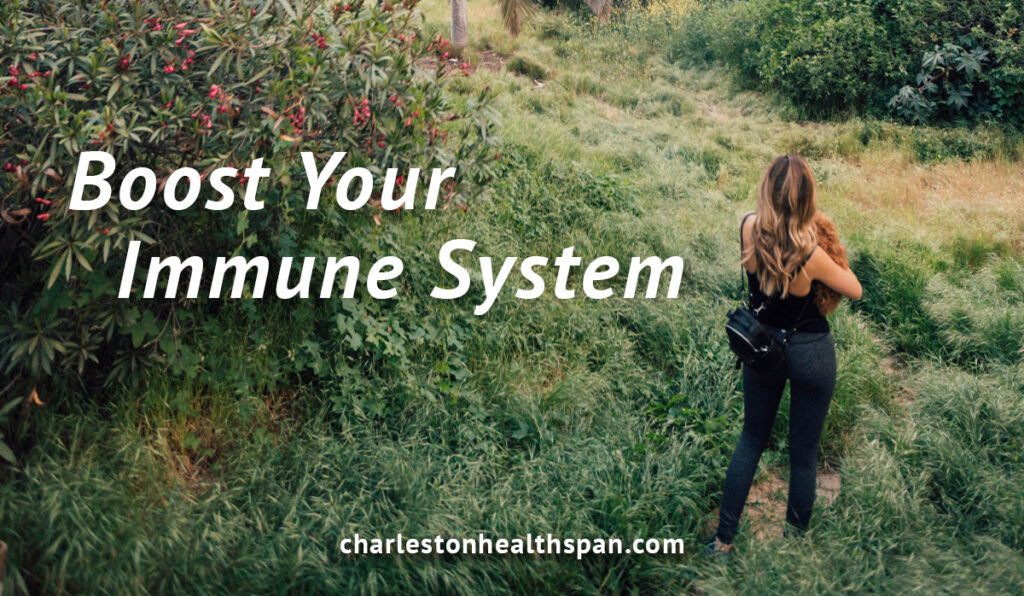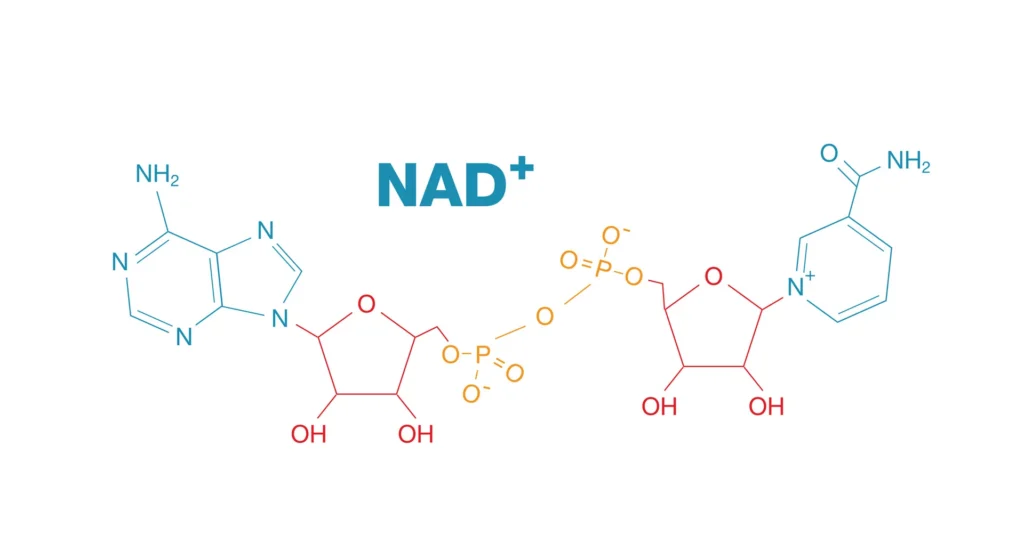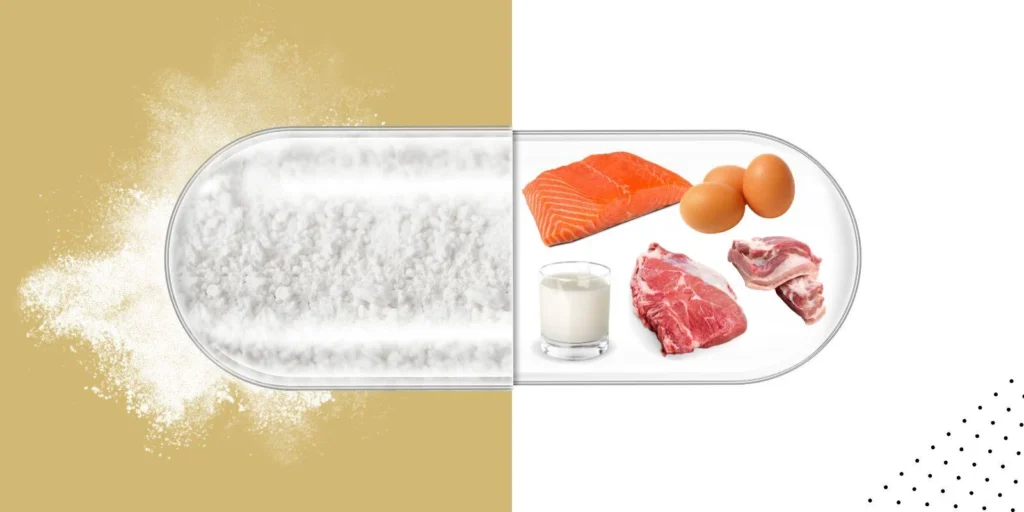The gut microbiome is an important part of anyone’s bodily health. The microbiome is made up of a variety of organisms, including bacteria, fungi, viruses and parasites, mainly in the intestines. Every individual will have a balance of “good” and “bad” organisms in their microbiome, but in a healthy microbiome, these organisms will balance each other out and help prevent disease. However, when the balance is thrown off, whether by diet, antibiotics or illness, the body is more susceptible to diseases like irritable bowel syndrome, diabetes and thyroid issues.
Diet is one of the most essential aspects in preventing an unhealthy gut microbiome. Harvard’s School of Public Health suggests including fiber-rich foods in one’s diet, as fiber releases short-chain fatty acids when digested, lowering the colon’s pH and preventing the overgrowth of harmful bacteria. Foods filled with fiber include beans, barley, oats, bananas and leafy greens.
In addition to adding foods high in fiber to one’s diet, eating fermented foods has also been shown to favorably affect the gut microbiome. In a clinical trial, researchers at Stanford University found that participants eating fermented foods helped increase the diversity of organisms in gut microbiomes. Those who were eating fermented foods also saw nineteen inflammatory proteins decrease in their blood levels throughout the study, which could help prevent diseases like diabetes, arthritis and chronic stress, the researchers said.
Incorporating fermented foods into one diet doesn’t have to be complicated. Fermented foods are easy to find at the grocery store, including yogurt, kefir, kombucha, sauerkraut and kimchi.











